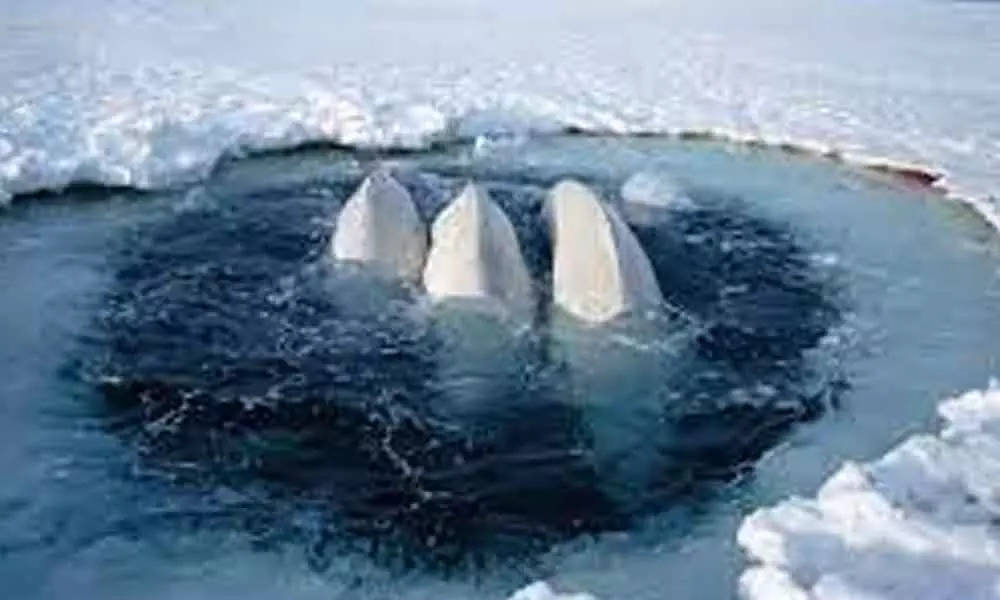Live
- Couture Runway Week Season 7 Presents: Walk for Nation Pride – A Celebration of Heritage and Elegance
- Kotak Mahindra Bank Launches 3rd Edition of ‘Sehat Ka Safar’ – Nationwide Health Check-Up Camps for Commercial Vehicle Drivers
- Brave Young Man Catches Leopard, Video Goes Viral in Tiptur
- Pushpa 2: The Rule Becomes a Blockbuster with Extended Runtime and Additional 20 Minutes of Footage
- Harnessing the power of machine learning and physics: Conversation with Dr. Sai Nethra Betgeri on advancing civil engineering solutions
- Pradeep Kumar Chenchala: A tech innovator driving digital transformation through full-stack excellence
- Maruti Suzuki Unveils ‘e For Me’: A Vision for India’s Electric Future
- BMW Group India clocks best-ever sales at 15,721 units in 2024 with 11 pc growth
- Amazon Great Republic Day Sale 2025: Exciting Offers Starting January 13
- PWD cites probes, delayed possession as reasons for withdrawing Atishi’s bungalow; two alternatives offered









